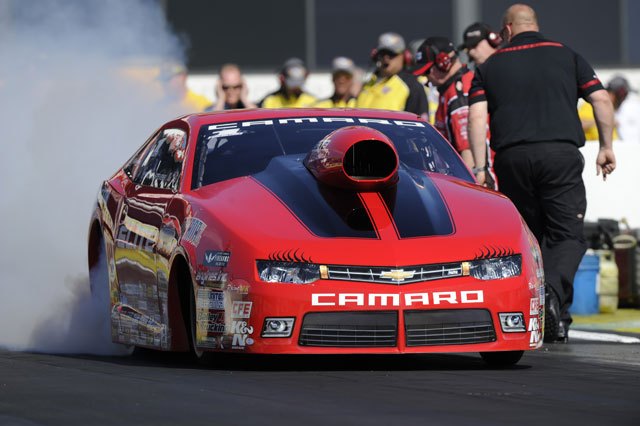great article, thanks a lot Magoo.
desmo is right , so many shades of F1 trends. The teams desire for pneumatic valve and FI is also interesting, not all hot rodders are neanderthal ( if any).
Given the smaller blocks today it would be interesting to see what sort of general race engine one of these could make. I guess endurance aside 1,200 bhp from around 650lb/300lkg engine weight would be realistic espeicailly on FI. The whole low block thing for less height and width would make one fit in a numbers of engine bays.
It has nothing to do with neanderthal, if simply is they prefer simple over the more difficult.
It reminds me of when I was speaking with some gents in the pits at Road America back in the late seventies.
I got to speaking about chassis types with a driver and he said his boys pissed and moaned about how much harder it was to build a modified prod. car verses tube frame, that they should get rid of the prod. reqs.
Well this is the same thing, rather than hooking up a computer, it takes some real knowledge and involved work., PLUS they have to pay people with the knowledge of carbs.
If they had a choice they would do as the IHRA does and not restrict inches cubed,
The IHRA has the blocks with bore spacing off up to .5.30 which replaced the blocks with a mere 5.20 etc.
When you have restrictions you do what you have to do, when there are fewer restrictins, bigger can be better.
As NASCAR 358 inch cubed engines were up to 950 horse power, I am sure these could develop well over one thousand tractable horse power with ease.
Here is what happens without inch cubed limits.
http://www.sonnysrac...-engine-1350-hp
















